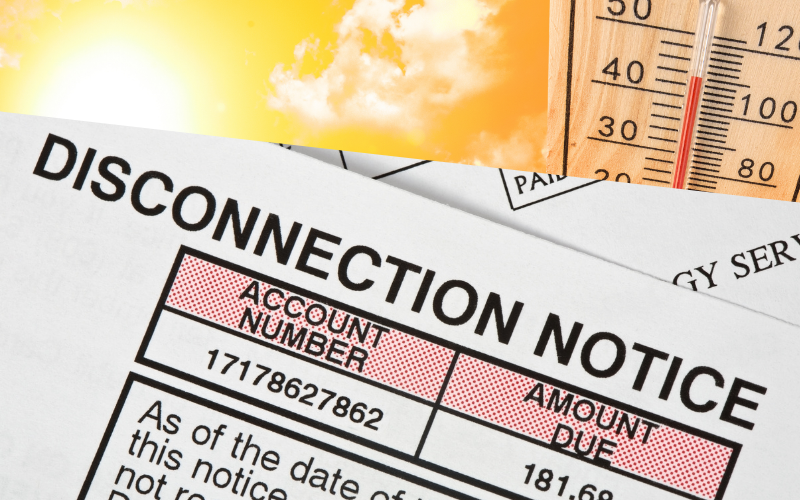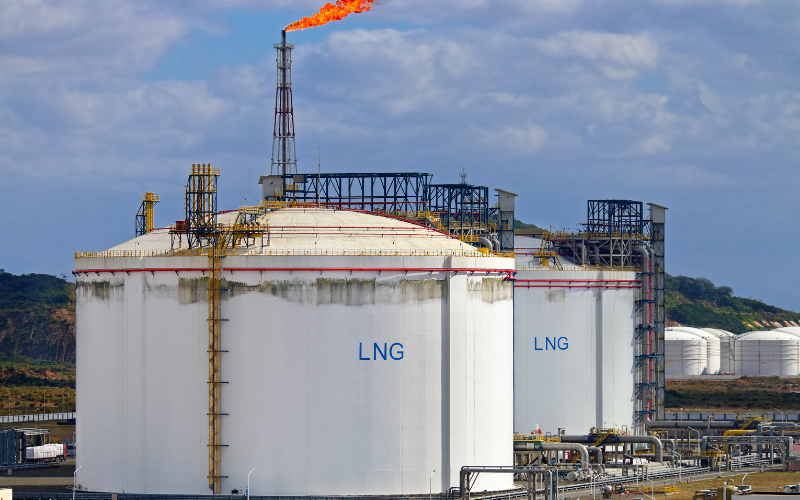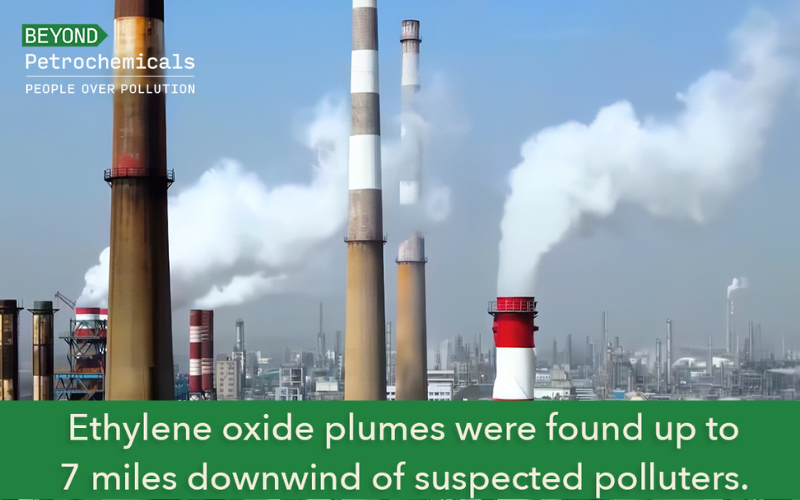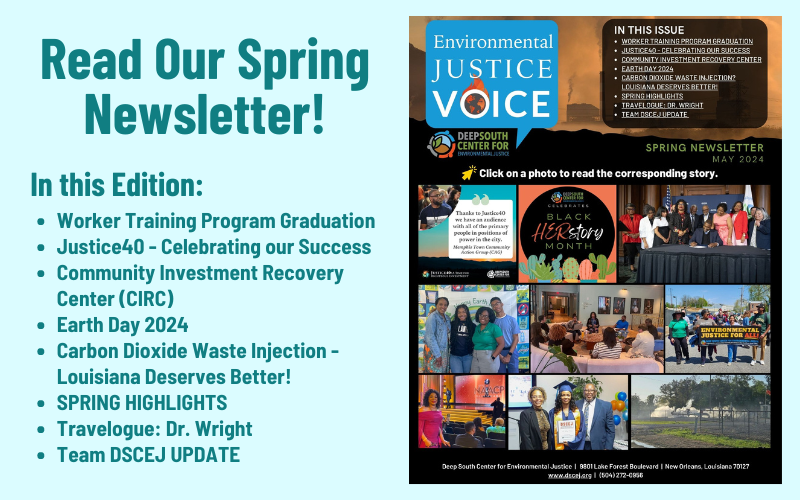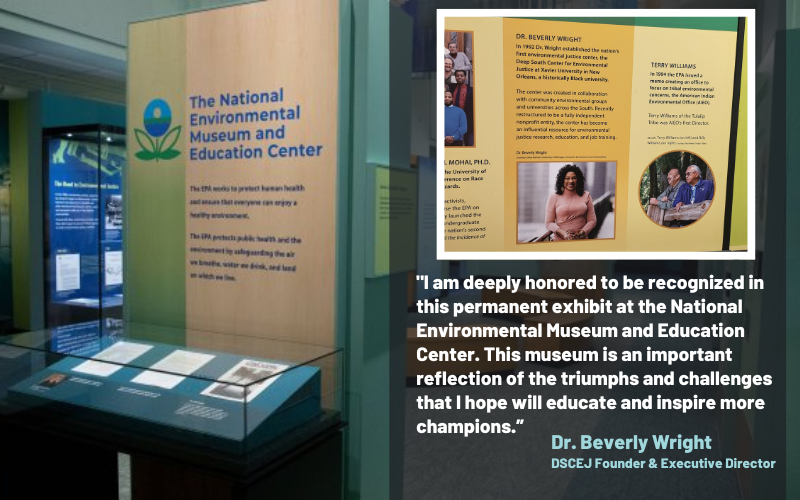Washington (CNN) Often, the damage that extreme weather or an environmental disaster inflicts on communities works as a one-two punch. The first punch: the actual event — an oil spill, a hurricane, a winter storm, the lethal heat that scorched parts of the US as recently as a couple weeks ago. The second punch: the trauma that can persist long after the event is no more.
It’s this second punch that people tend to overlook or ignore. “I don’t think that there’s a misunderstanding that all communities are hit the same,” Robert Bullard, a distinguished professor of urban planning and environmental policy at Texas Southern University, told CNN, referring to the fact that communities of color are disproportionately hurt by extreme weather. “But I do think that when the dust clears, not enough attention is given to the post-disaster trauma that exists after the headlines are gone.”


